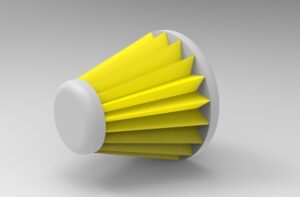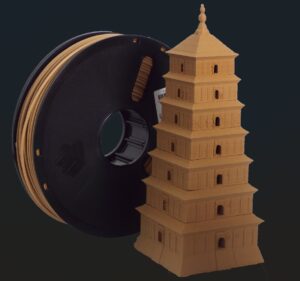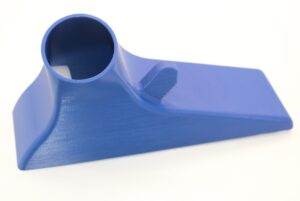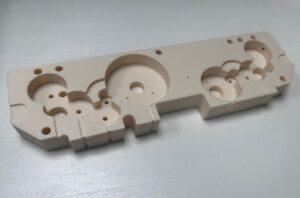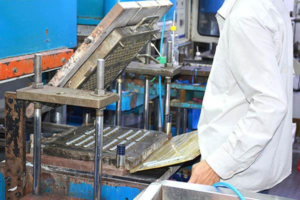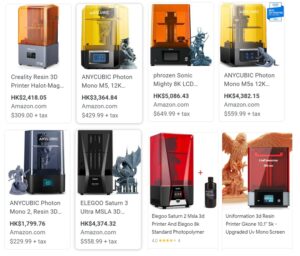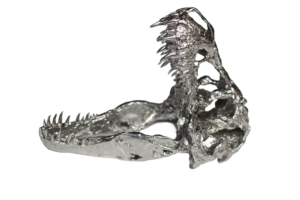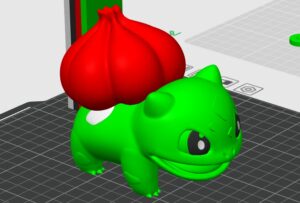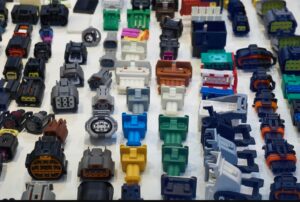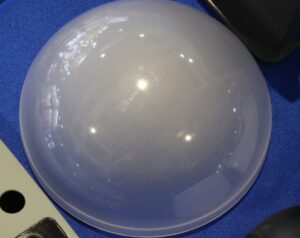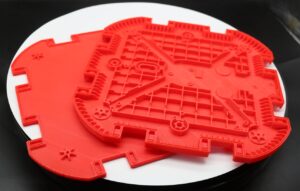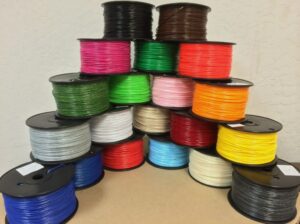Painting vs Powder Coating
When it comes to adding protective and decorative finishes to various surfaces, two popular methods have emerged: painting and powder coating. How to select the right one for your application?
In this article, we will explore the differences between painting and powder coatings, examining their processes, advantages & disadvantages, and environmental impacts. By understanding the unique characteristics of each method, you can knowingly decide which method is most suitable for your specific needs.
What is painting?
Painting involves the application of liquid paint using brushes, rollers, or spray guns. Paint consists of pigments, binders, solvents, and additives. Painting can be done manually or through automated systems. It requires skilled labor and can be time-consuming.
Adhesion: Paint adheres to the surface through mechanical bonding and chemical reactions.
Finish: Painting offers a wide range of finishes, including matte, satin, and glossy. It allows for customization with various colors, textures, and effects.
Thickness: The thickness of paint can vary depending on the desired coverage, typically ranging from a few micrometers to several tens of micrometers.
Curing: Paint requires a drying and curing process to achieve full hardness and durability.
Environmental Impact: Most paints may contain volatile organic compounds (VOCs), which contribute to air pollution. Water-based paints are a more environmentally friendly option.
Advantages:
- Multiple colors & surface finishes options
- Cost-effective
- Easy to use
- Repairability
Disadvantages:
- Painted surfaces may not be as durable or resistant to scratches, chips, or corrosion compared to powder coating
- Time Consuming, as painting need dry, it takes longer time compared to powder coating
- Environmental impact
- It needs skill and expertise
Ideal applications for painting: Art and Creativity, Home and Interior Decoration,Automotive Industry, Consumer electronics, Furniture and Cabinetry,Signage and Advertising, and many others.
What is Powder Coating?
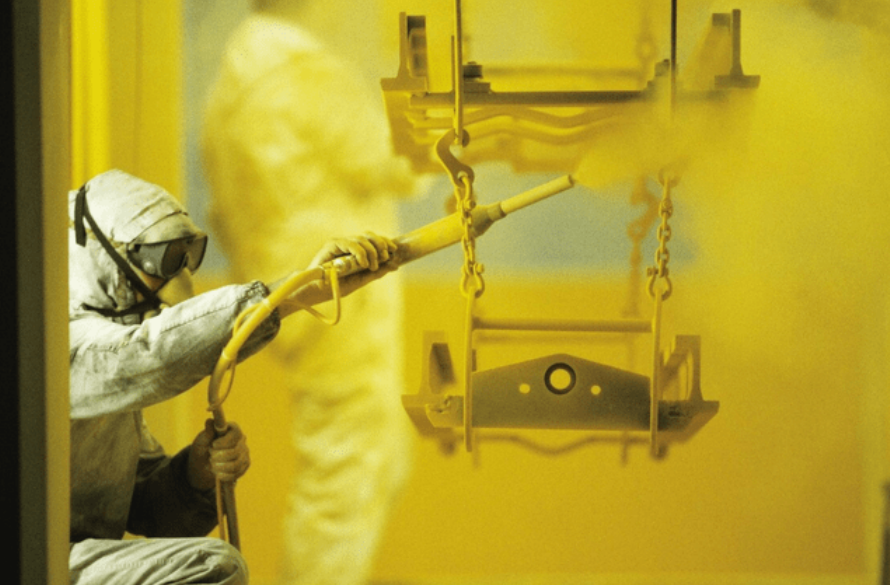
Powder coating refers to the process of electrostatically applying dry, finely ground colored coating resin particles onto a surface. The particles are charged using a spray gun to adhere to the surface. Excess powder is then removed, and the coated object is baked in an oven.
Adhesion: Powder coating relies on electrostatic attraction and heat to form a strong bond between the powder and the surface.
Surface Finish: Powder coating provides a durable and attractive surface finish with a smooth, even appearance. It offers a variety of colors and finishes, including textures and metallic options.
Thickness: Powder coatings are typically thicker than traditional liquid coatings, ranging from 20 to 200 micrometers.
Curing: The coated object is baked at high temperatures, usually around 200-220°C (390-430°F), melting the powder particles and fusing them into a continuous film.
Environmental Impact: Powder coating is considered more environmentally friendly than traditional coating methods. Excess powder can be reused, resulting in lower VOC emissions and less waste generated.
Advantages:
- Environmental friendliness
- Durabilityand long lasting
- Cost effective for large volume parts
- Much faster compared to painting, the setup time is longer.
Disadvantages:
- Compared to painting, it has limited colors
- Higher setup cost than painting
- It needs proper surface preparation
- Difficult to repair if any flaws
Ideal application for powder coating:Architectural and Construction,Outdoor Furniture and Appliances,Industrial Equipment and Machinery,Healthcare and Laboratory Equipment,Retail Displays and Fixtures
In conclusion, both painting and powder coating are effective methods for adding protection and enhancing the appearance of various surfaces. When choosing between painting and powder coating, it is essential to consider factors such as the desired finish, application method, durability, environmental impact, and specific requirements of the project.



